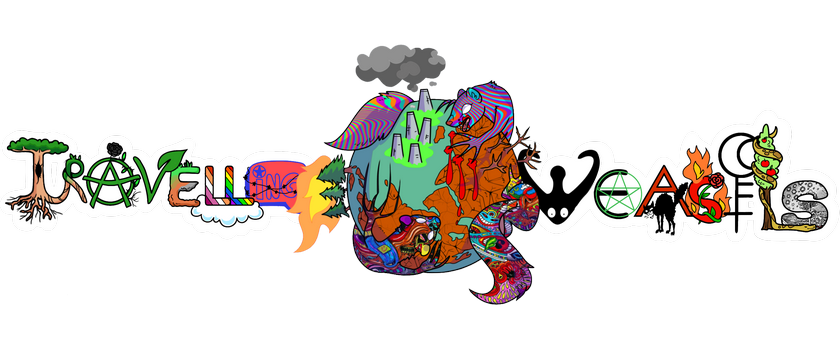Combining artificial intelligence with the old-school way of creating art is a fresh and exciting way for travellers to document their journeys. Most importantly this fusion allows for unique, dynamic expressions of personal experiences - rather than leaving globetrotters with the crop of identical-looking snaps of famous places that are effectively identical to what every other visitor comes home with.
Transforming Travel Photos: Innovative Uses of AI Art for Journals
Blending the Human Touch and Machine Precision
- Photo enhancement: AI tools like Adobe Firefly use machine learning to automatically adjust lighting, colours, and sharpness.
- Style transfer: Applications such as Prisma apply famous artistic styles (e.g., Van Gogh’s "Starry Night") to travel photos.
- Creative assistance: Generative algorithms suggest compositions or modifications that align with human aesthetic preferences.
Turning Words into Images
- Be detailed: The more information you provide in your prompt, the closer the resulting output will be to what you want to achieve. So if you’re aiming to create a piece of art that represents your time spent travelling Europe, don’t hold back when describing delightful Parisian cafes, boisterous London pubs, or jolly German beer halls.
- Keep refining: It’s rare for the first output of an AI art generator to be exactly right, so there’s always the option to request changes and revisions using your tool of choice. And sometimes it’s better to start afresh with a new prompt.
- Edit afterwards: Finally, remember that you can always take a piece of AI generated art and use an AI image generator of choice to tinker with it manually, or apply filters and other effects after the fact. That’s the joy of this technology - there’s total flexibility in how you apply it and use it.
Integrating AI Art Elegantly into Your Travel Journal
Choosing the Right Medium
- Digital journals: Ideal for integrating dynamic elements like animated art or interactive galleries.
- Physical journals: Better suited for printed artworks that can be complemented by handwritten notes and sketches.
Balancing Text and Imagery
- Use white space wisely: Ensure there are ample margins around images so they stand out
- Caption thoughtfully: Provide concise yet descriptive captions under each artwork to contextualise it within your travel story.
- Incorporate borders or frames: This not only aesthetically pleases but also distinguishes AI-enhanced photos from standard snapshots.
Organising Content Logically
- Chronological order: Aligns images with corresponding text entries based on the timeline of events during your travels.
- Thematic sections: Group related experiences (e.g., food adventures) together using distinct design styles across sections, utilising various filters or artistic influences.
Technical Tips for High-Quality Integration
- Resolution matters: Always use high-resolution images to avoid blurriness or pixelated eyesores when printing or displaying them digitally.
- Keep a consistent style: Maintain consistency across all artworks by sticking with one primary style or filter setting throughout. You don’t necessarily want to jump from an Anime-style depiction of Sydney, Australia on one page to a Monet-themed interpretation of Nairobi, Kenya on the next.
Wrap Up: Transforming Travel Photos with AI Tools
ABOUTME
We overland. We eat plants and fungi. We live outside as much as possible. We are all connected. A female travel blogger overlanding and writing about ecotourism, ethical and sustainable travel, socially conscious travel and housesitting. An online travel magazine since 2015.





Disqus Comment
Facebook Comment